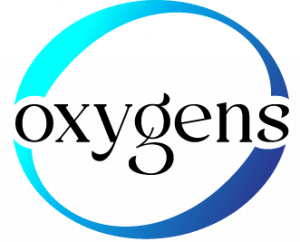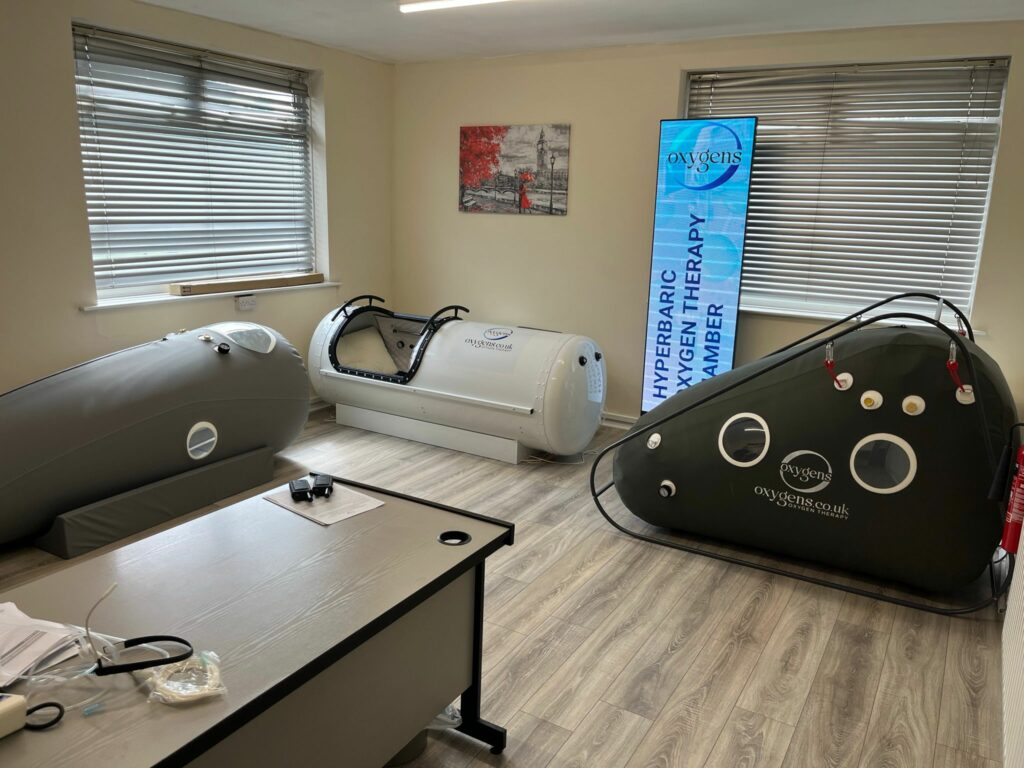Hyperbaric Oxygen Therapy (HBOT) may sound like something out of a science fiction novel, but it’s a real medical treatment with a fascinating history and a wide range of applications. In this blog, we’ll delve into the depths of HBOT, uncovering 10 intriguing facts about this therapy that’s making waves in the world of healthcare.
**Fact 1: A Dive into History**
The concept of hyperbaric chambers dates back to the 17th century, but HBOT as we know it today gained prominence in the 20th century. It was initially developed to treat decompression sickness in divers, a condition caused by rapid changes in pressure during underwater activities.
**Fact 2: Breathing Pure Oxygen**
During HBOT sessions, patients breathe pure oxygen within a pressurized chamber. Normally, the air we breathe contains about 21% oxygen. However, in the hyperbaric chamber, patients are exposed to much higher levels of oxygen, sometimes reaching up to 100%. This increased oxygen concentration in the bloodstreamvia the blood plasma (the liquid in the blood)m has various therapeutic effects.
**Fact 3: Accelerated Wound Healing**
One of the most well-known applications of HBOT is in wound healing. It has been shown to significantly speed up the recovery of non-healing wounds, including diabetic ulcers, radiation injuries, and burns. HBOT promotes tissue repair by providing ample oxygen to the affected areas, stimulating the body’s natural healing processes.
**Fact 4: Beyond Diving**
While HBOT’s roots lie in treating diving-related issues, it has transcended its initial purpose. Today, HBOT is used in diverse medical fields, ranging from neurology to oncology. It’s employed to treat traumatic brain injuries, stroke, carbon monoxide poisoning, and more. The therapy’s ability to enhance oxygen delivery to tissues makes it a valuable tool in addressing various health conditions.
**Fact 5: High-Altitude Assistance**
Some high-altitude destinations, where the air is thin and oxygen levels are lower, offer hyperbaric chambers to help tourists acclimate more quickly. This can be especially helpful in preventing altitude sickness, which can dampen the travel experience.
**Fact 6: Exploring Autism Treatment**
HBOT’s potential benefits are not limited to physical conditions; it’s also being explored as a treatment for individuals on the autism spectrum. Early studies suggest that HBOT might improve brain function in these individuals, offering hope for improved quality of life.
**Fact 7: Supporting Cancer Patients**
Cancer patients often turn to HBOT to alleviate the side effects of radiation therapy. Additionally, some research indicates that HBOT can enhance the effectiveness of certain cancer treatments by increasing oxygen levels in tumor tissues, making them more susceptible to radiation therapy and chemotherapy.
**Fact 8: NASA’s Cosmic Connection**
Even NASA, the space exploration agency, has found value in HBOT. Astronauts returning from spacewalks may experience decompression sickness due to rapid pressure changes. HBOT is used to treat them, helping them recover from the physiological effects of space travel.
**Fact 9: Stem Cell Boost**
HBOT has another intriguing effect—it can increase the production of circulating stem cells in the bloodstream. This is significant because stem cells play a crucial role in tissue regeneration and repair. The boost in stem cell production can have regenerative potential and benefit damaged tissues.
**Fact 10: Off-Label Innovation**
Many applications of HBOT are considered “off-label,” which means they’re not officially approved by regulatory agencies like the FDA. However, they’re used based on clinical evidence and practitioner experience. This off-label innovation highlights the therapy’s versatility and its potential to address a wide range of health challenges.
**Conclusion:**
Hyperbaric Oxygen Therapy continues to evolve and expand its reach across the medical landscape. From its historical use in diving to its modern applications in wound healing, cancer support, and even space exploration, HBOT is a testament to the innovative potential of medical science. As research and technology advance, we can expect to uncover even more fascinating facts about the therapeutic power of HBOT.

